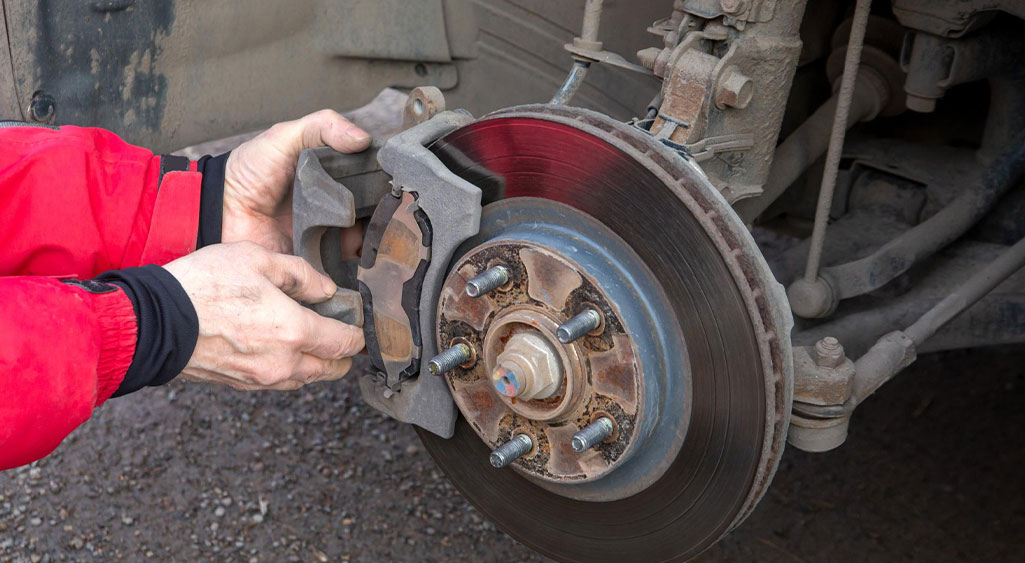
 Request FREE consultation - 1866-758-4529
Request FREE consultation - 1866-758-4529 
Semi truck brake systems are a complex system of several separate stopping units. These include the service brakes, which work by applying pressure to the brake pedal either through air pressure or by hydraulic pressure.
Semi trucks have separate parking brakes, which must be used only during parking and are operated by a series of heavy-duty springs. A third type of brake is the emergency braking system, which actually relies on a combination of parts from both the service brake and parking brake systems. In addition, each of the braking systems comes with its own nuances.
Air brakes are self explanatory. When attempting to stop the braking system uses pressurized air to activate the braking mechanism – pushing pressurized air against the lining of the drum and disc when the driver steps on the brake pedal.
Since 1998 semi trucks also come with anti-locking brake systems which keeps the wheels from locking up and causing the driver to lose control of the vehicle.
Spring brakes are used as parking brakes – and are actually the reverse of air brakes. Spring brakes are set when there is a lack of air pressure. The emergency brake system is a bit more complicated in its set up and use.
If semi truck air brakes lose air pressure, then the emergency brake system allows the spring brake to engage as a means of stopping the vehicle. A driver is able to use these brakes manually in the event of total brake failure in the semi. These sophisticated braking systems should offer a modicum of comfort to other drivers on the road.
However, it is no secret that big rigs take much longer to stop then the typical passenger car. A rule of thumb is that a tractor-trailer will take at least one third longer to stop at highway speeds.
For this reason, it is always best when driving on the highway to anticipate problems and drive safely. We recommend that drivers who have a big truck closely behind them take steps to let the truck pass or move out ahead of the truck to avoid the potential for a sudden stop accident.
This all assumes that the semi truck has breaks the optimal and proper working condition. Many of the truck accidents that we investigate reveal that the trucking company also known as a motor carrier, has not taken proper steps to ensure the trucks are safe for highway driving.
[pullquote]
When a truck accident occurs because the brake system was not up to standards, the accident could usually have been either prevented or the seriousness of been reduced substantially with proper operating brakes.
[/pullquote]
It is also important after a big truck wreck that the evidence is preserved and the scene evaluated as soon as possible after the crash. Trucking companies routinely try to put their trucks back in service as quickly as possible after a wreck to avoid an inspection by the injured person’s representatives.